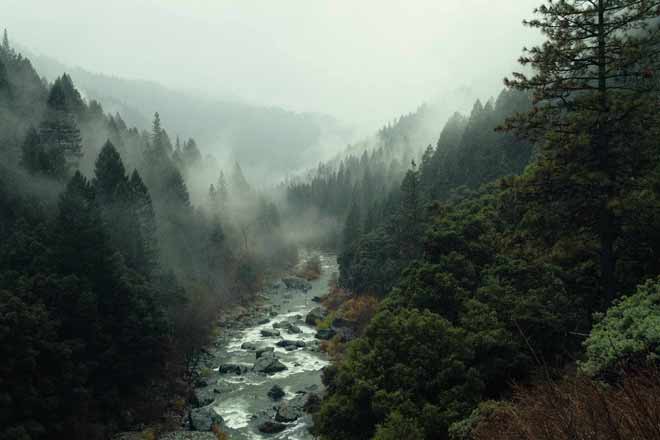Big Data Lake
We can define a big data lake as a large storage warehouse that collects all the raw data. Dta lakes exist because we are all exposed to data. Systems of record, systems of engagement, streaming data and other environments lead us to get powerful insights about what our visitors and users are doing. Not only that but to also understand the way our world is working around us. This leads us to develop more intelligent systems and applications.
How do Data Lakes work?
Big Data Lakes work on a simple process. First, they start by collecting all the data from different sources. It does that though a common ingestion framework. That ingestion framework can be something that is generally able to support and carry various forms of data. But that is not it’s only goal.
It also wants to make a standard form of centralization to all that incoming data into one common storage location or repository.
However, the data can’t be used instantly out of the box. First you have to perform some data cleansing and make some data preparation that is necessary for the next step. This is important as there is a need to create new features with each collected data. This is known as feature extraction.
Here, combinations of different types of data have to be pulled together to create the right sort of information that needs to be analyzed.
Once the data has been cleaned and prepared, you have to model the right features for the analysis. After all of that has been successfully done, the next step is machine learning and advanced analytics.
These steps are necessary for creating new datasets that are linked to the original one. That relationship is crucial because if there is a problem with one of the data sources/ environments you will have to know that there is a correlation that has to be made. You have to understand the flow of the pipeline and how that refined data and models are created. You have to know that in order to go back and correct it. This is a process that is incorporated in every step of the journey.
This means that you have to collect data about your data - also known as metadata. Under this it falls the information about the tables in the collected data in the given dataset and how they are connected one to another.
It means that you will be able to enforce policies so that an organization will use the data as it is meant to be used. This will help the user move forward. That’s something that can’t be added on after the fact that something has to be present throughout the entire life cycle.
This will be achieved only if we get these insights that were produced in the data lake. This will be later used in the real world to prosper the business.
The last step is the application process. This is creating dashboards that help the businesses make smarter decisions about where to take the business forward with new projects to invest in.
You can also build smarter applications that can make intelligent recommendations to the users of those apps based on historical data. There is a lot of process automation where an intelligent model can improve the business processes to create smarter user experience, all based on the rich data-driven understanding of the problem.
This is a process that builds intelligent applications that generate new data.
